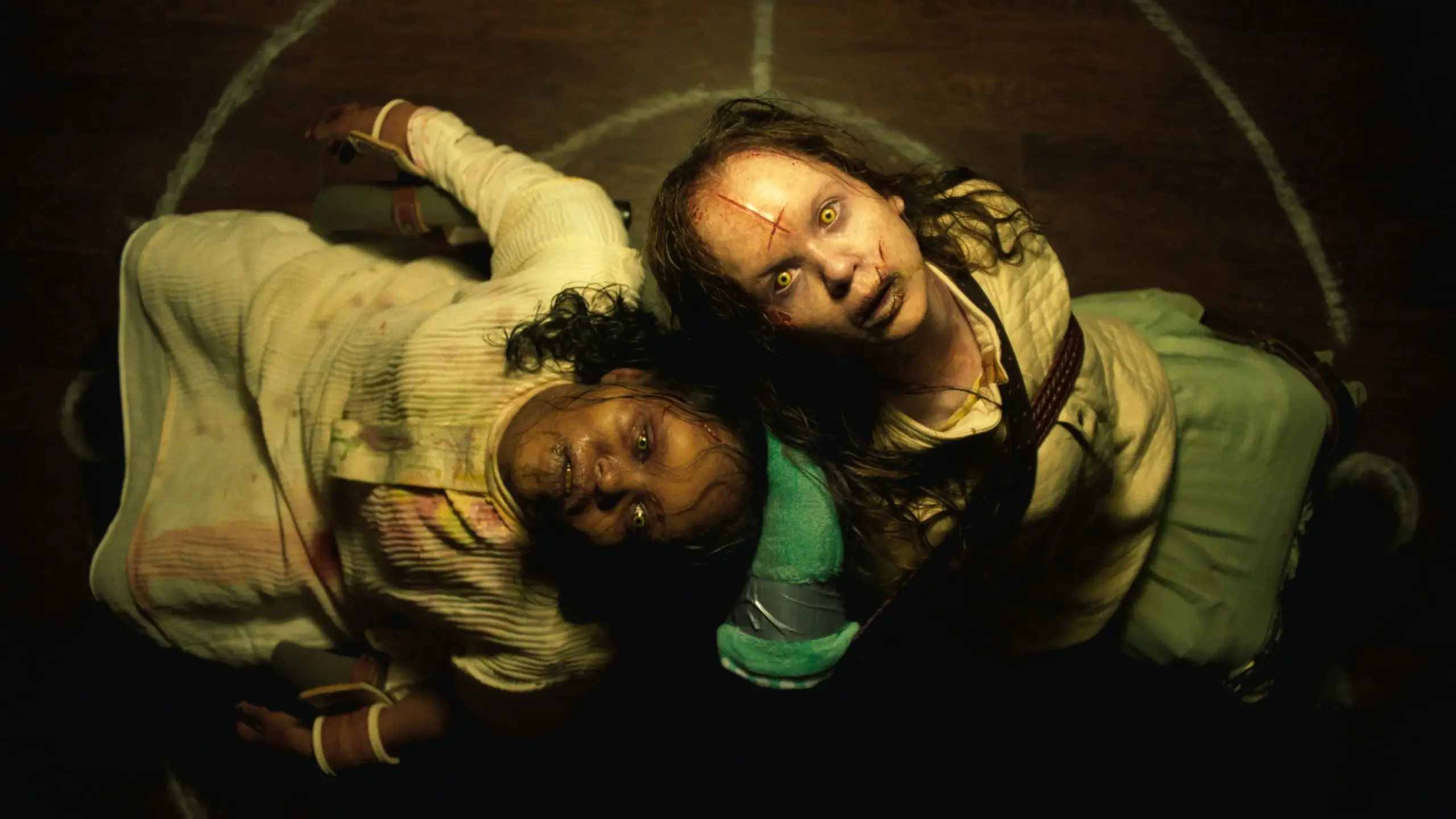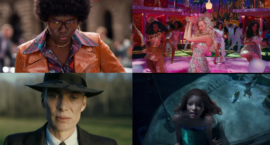The Exorcist: Believer employs its Caribbean-based opening scene not to locate an “origin” for demonic possession, but to follow an actual blessing in the form of a protection spell over an unborn child. Given how Haiti has been traditionally demonized in Western culture, this representation already elevates this film as a counter-narrative.
In the end, the latest installment of The Exorcist does much to alter Black representations in the horror genre, giving them due reverence and centrality in a mainstream movie while also allowing them to survive.












